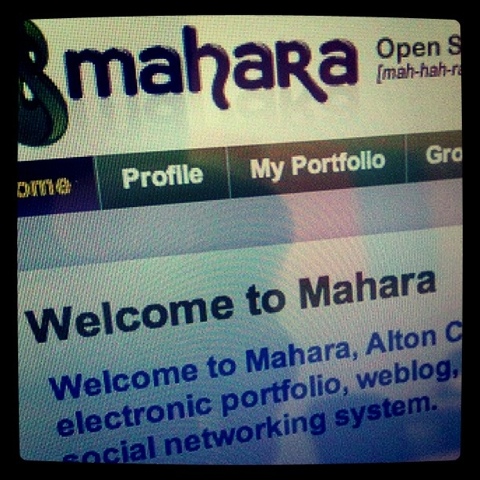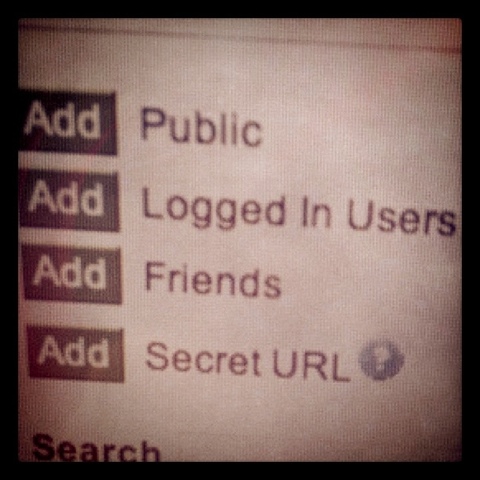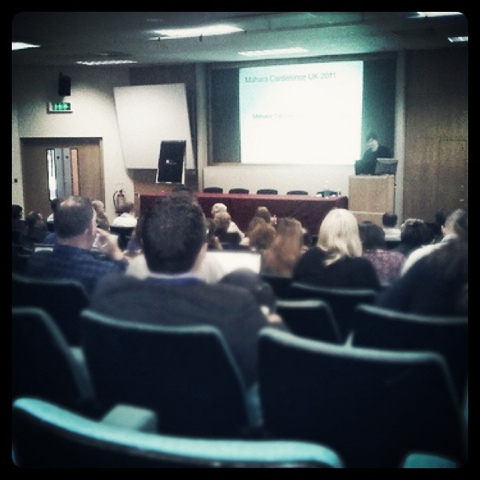
Ahead of this week’s Mahara conference at Southampton Solent university, I want to start thinking about how we will continue development of Mahara in our organisation.
To date, we have had a successful year piloting the portfolio system. There have been a few downs (and arguments) along with plenty of ups – with the latter really winning through now.
Early in this acadmic year I put some work into getting the Mahara Guide up and running, but honestly ran out of steam as other projects took precendednce. This didn’t come at the cost of our own use though. The tutorials have given everyone a good head start, providing a quick reference for uncertain new adopters. Those tutuorials continue to be viewied regaularly, primarily by our learners, but equally by others I have encouraged to sign up and have go with Mahara using our own hosted installation. I continue to believe that the next step for Mahara Guide is to encourage some other interested individuals to contribute to te site, working with me (and my colleagues) to produce more valuable content for the community. So that’s objective number one: try and persuade a few others to contribute.
Our pilot has been just that – a pilot. The next vital stage is to move our Mahara installation to a permanent hosted location for long term use. I need some help to undertand what this might involve. We are running Mahara 1.2.5 at the moment. With 1.4 just released, this is a bit outdated, and we haven’t really performed any upgrades or maintenance during the pilot. Is an upgrade to the latest version right for us? What are the issues sorrounding a windows hosted mahara install? That’s objective two: clarify my thinking on a permanent Mahara presence
The user experience needs more investment. More specifically, what help and assistance do our users need in order to make the best of an e-portfolio system? Mahara is no doubt a really clear system to use. Our staff and learners quickly demonstrated this by signing up without any assistance, and trying things out for themselves – this just doesn’t happen with other products! However, it is a new concept for many. The idea of writing content online is unfamiliar, and our expectations of Mahara must not be confused with those of other established systems, like our VLE. Objective three: clarify our intentions.
The cultural and technological changes. Everyone is so used to the Moodle experience: Upload a resource, share it, get learners to download it again, do something with it, upload again. Mahara is different though, and one of the stumbling blocks I have found is the previous experience of nearly all users leads them to expect the same thing (upload content) and present the same questions (how much space do I get). Objective four: understand other methods of educating our users and bringing them into the new world of online content.
Going to a conference always presents the opportunity to meet others ith the same interests, and the mahara confence will be no exceptio. I’m already looking forward to a few from my own region. There’s also the chance (i think) to meet a few from the global mahara community, to say hello to some of the wonderful team at ULCC and n doubt many more i haven’t thought of. Objective five: get in amongst it and learn from the community (my favorite, I think).
Can’t wait.


